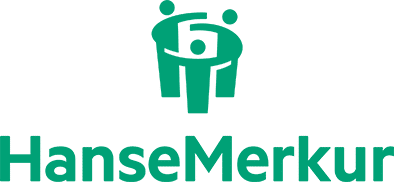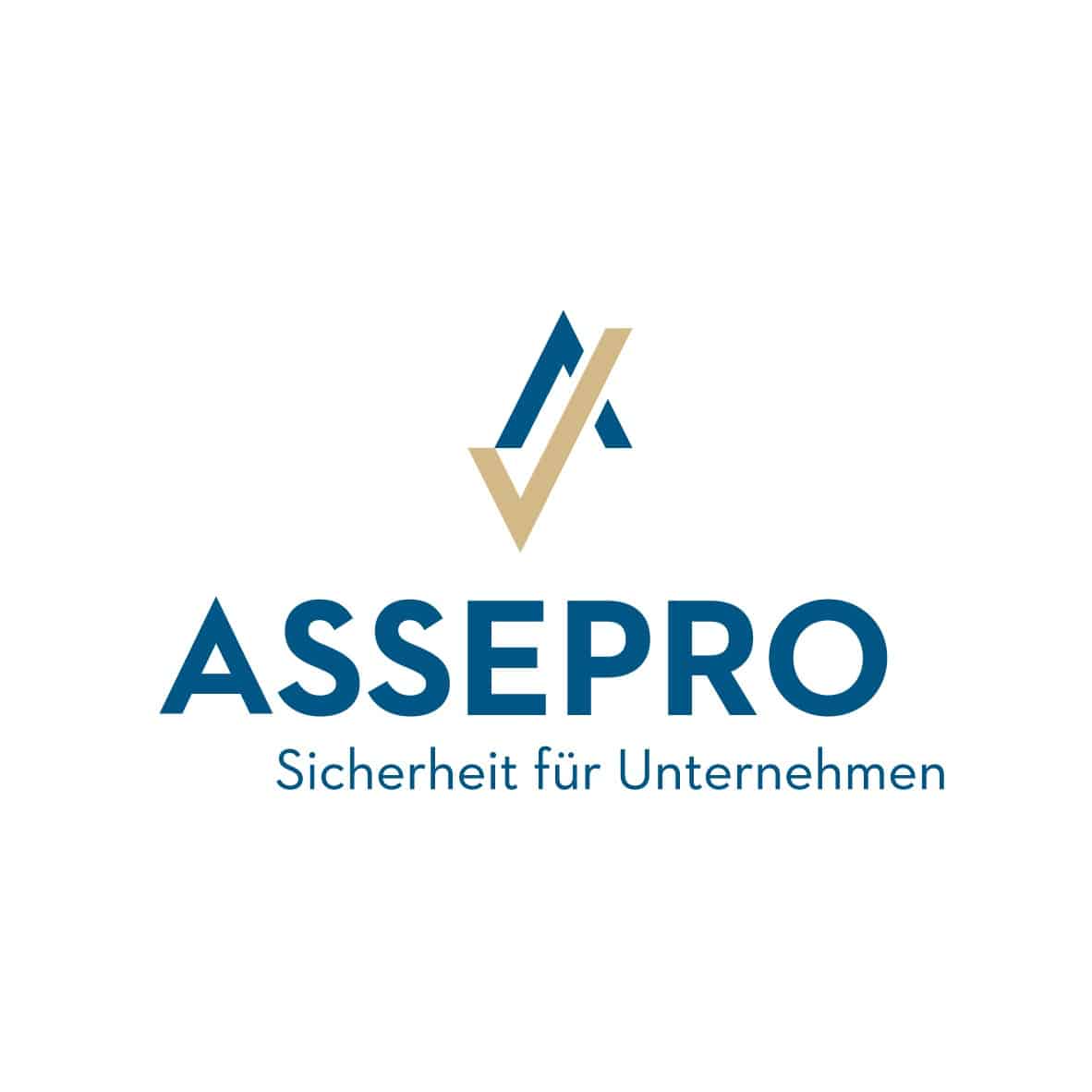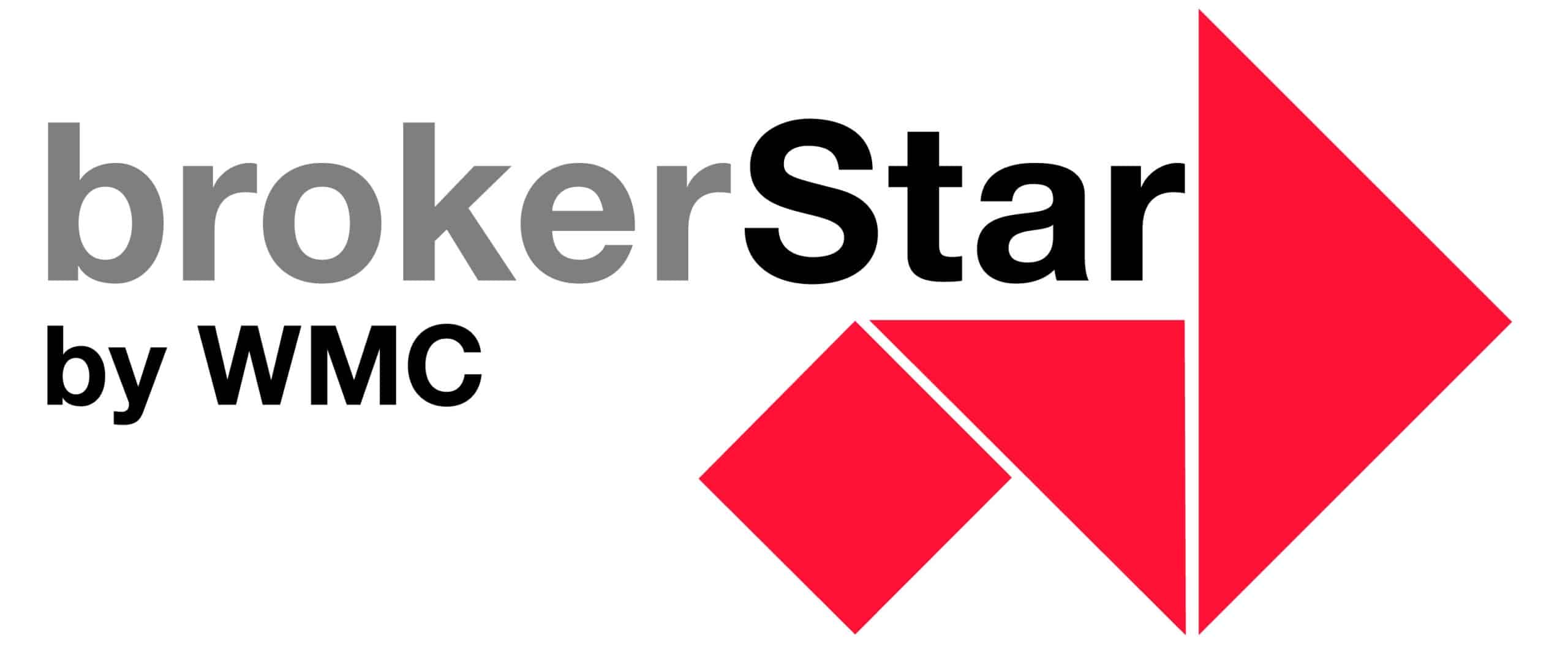From Claims Chaos to Clarity: Simplifai’s CEO on the Next Wave of AI-Driven Insurance Workflows
17 October, 2025 | Blog Company portraits Interviews
As insurers grapple with rising data volumes and growing customer expectations, automation has become a strategic imperative. Norway-based AI pioneer Simplifai is introducing a new suite of tools designed to make claims handling faster, smarter, and fully compliant. Ahead of the product webinar, CEO Artem Gonchakov explains how artificial intelligence is transforming claims management, and what it takes to balance innovation with trust.
Founded in Oslo in 2017, Simplifai has earned a reputation as one of Europe’s most agile automation companies, helping insurers, banks, and public institutions streamline complex workflows through AI. Its platform combines document understanding, process automation, and compliance management to reduce manual workloads and improve decision quality. With its latest claims-handling tools, including AI-powered claim summariy, large-loss and fraud detection, and enhanced data capabilities. Simplifai positions itself as a catalyst for the insurance industry’s next phase of digital transformation.
Simplifai is introducing several new AI-powered tools for claims professionals. What specific challenges in claims handling inspired this latest update?
In P&C claims, delays rarely come from big decisions but from the “ground game” — triage, chasing documents, reconciling data across emails, PDFs, and spreadsheets. That’s where leakage creeps in and NPS is won or lost. Our new Simplifai Platform release targets those choke points: Large Loss Detection fast-tracks high-severity claims to senior handlers, Fraud Indication surfaces SIU-worthy signals earlier, and AI Assessment reads and synthesizes large, mixed claim files in one pass.
We’ve also enabled secure, direct use of Excel or Google Sheets inside the workflow, so teams can use the tools they already trust without manual copy-paste. These are practical upgrades built for insurance realities and high volumes. We continue to expand our AI Agents’ skills across the entire claim lifecycle — from intake to closure — ensuring they are genuinely useful in daily operations.
You describe the new platform as improving both efficiency and transparency. How do you define transparency in AI-driven claims processing?
Transparency means no black boxes. Every AI Agent recommendation — coverage check, severity signal, or settlement guidance — comes with clear reasons, audit logs, and human-in-the-loop checkpoints. Leaders can see where AI acted, where a handler intervened, and why. That’s how you defend decisions to auditors, supervisors, and customers.
The new Claim Summary tool sounds like a major productivity booster. How does it ensure accuracy and consistency when summarising complex or lengthy claim documents?
We don’t “skim” — we aggregate. The new AI Assessment reads across documents, emails, images, and estimates, then condenses essentials such as policy terms, parties, amounts, and next best steps into a consistent, reviewable synopsis. Adjusters can merge PDFs and images before summarising, ensuring nothing is left out.
There’s a basic Claim Summary that updates every claim automatically and an advanced version for high-volume, high-complexity cases. Some of our customers receive hundreds of documents and thousands of pages per claim — a task that used to take hours or days. Now the AI Agent can process this information at scale, always updating the claim with the latest data.
Large loss and fraud detection are sensitive areas in insurance. How do you train your AI to identify anomalies without false positives or bias?
We anchor on objective signals — inconsistent documents, timing anomalies, and pattern mismatches versus historical data — and route any low-confidence findings to human review. Large Loss Detection prioritizes potential high-severity claims for senior oversight, while Fraud Indication pre-screens documents and emails for SIU cues. Both operate under client-defined thresholds, so the AI never acts independently.
With Agentic AI, insurers can now detect around 80% of potential fraud cases without purchasing specialty software. We don’t position AI Agents as fraud experts, but as the first layer of defense. They are trained through our Industry Hub using both Simplifai’s data and client-specific rules. When those rules change, the AI dynamically adapts.
You’ve mentioned built-in compliance. How does Simplifai address regulatory expectations such as data privacy, auditability, and explainability?
Trust is built from day one. We apply ISO-style controls, SOC 2 certification, GDPR-aligned practices, and strict data residency options. Privacy by design is central — with encryption, least-privilege access, environment isolation, and granular audit logs. We also use AI to enhance compliance, with bias checks during model training and guardrails to prevent unapproved actions.
Because we address regulatory and governance issues early, our clients can accelerate deployment, reduce rework, and achieve faster value realization.
Many insurers still rely on legacy systems. How easy is it to integrate Simplifai’s tools?
Think of Simplifai’s AI Agents as a non-invasive intelligence layer that sits on top of existing systems — claims, policy, DMS, CRM, or payments — with no rip-and-replace. We can integrate via APIs for modern systems or use RPA for legacy ones. That’s why even older infrastructures can benefit from AI modernization.
How do you see the role of the human claims handler evolving as automation takes over more administrative tasks?
Handlers move from administration to advocacy and judgment. Our AI Agents are designed to cover the full claim lifecycle — but not to automate everything. We design human-in-the-loop processes that combine efficiency with oversight. Humans focus on cognitive and customer-facing work while AI handles repetitive tasks. The future is collaboration, not competition.
There’s a fine line between automation and empathy. How does Simplifai ensure that technology enhances, rather than replaces, the human element?
Customer experience improves when speed and clarity rise while empathy remains intact. AI Agents deliver instant acknowledgment, extract details, provide proactive updates, and reduce repetitive requests. They can also simplify policy language and handle multilingual communication.
However, empathy still belongs to people. AI Agents are programmed to escalate low-confidence or sensitive scenarios to humans, ensuring empathy and judgment where it matters most.
The insurance industry is cautious by nature. How do you build trust when introducing AI into core processes?
Caution is healthy — we meet it with transparency and quick wins. Our adoption playbook:
- Discovery & Value Hypothesis – model impact on key KPIs using our Value Realization framework.
- Pilot – focus on a narrow use case, like email or FNOL triage, to prove value quickly.
- Radical transparency – live dashboards show automation rates, accuracy, and human handoffs.
- Expand in waves – only after a successful pilot.
This co-design approach turns skepticism into sponsorship because results are visible and governance stays intact.
Can you share a success story?
A UK insurer used our AI Agent for vehicle damage assessments, where handlers previously spent hours reviewing engineer reports and invoices. The AI now flags duplicates or anomalies and suggests actions, improving cost control and fraud detection.
In the US, another client automated property claim intake, processing large volumes of contractor emails and attachments. The AI Agent identifies the right claim, classifies over seventy-five document types, converts formats, and merges images into PDFs. This improved data quality, speed, and accuracy.
You’re introducing capabilities like large loss detection and fraud identification. Do you see Simplifai moving toward predictive or prescriptive analytics?
Yes — that’s the next step. Beyond flagging issues, our agents will propose next best actions with rationale and confidence, like escalating complex cases, requesting second estimates, or adjusting reserves. All under human supervision and with full auditability through our “Know Your Agent” framework.
Are there regional differences in how insurers adopt automation and AI?
The priorities are similar but sequencing differs.
- DACH markets emphasize governance and documentation, so we lead with explainability and audit trails.
- UK and Benelux prefer fast pilots with clear scale-up gates.
- US insurers push for ROI and transparency for regulators.
We tailor rollout strategies to each region’s operating reality.
How does Simplifai’s approach differ from big tech automation platforms?
We’re insurance-first and end-to-end. Instead of toolkits that require integration, we deliver ready-to-go AI Agents per claim type — motor, property, travel, bodily injury — operating under client rules with full Know Your Agent transparency. We integrate as a non-invasive layer, keeping risk low and compounding value.
What’s next for Simplifai?
We’re focused on end-to-end Agentic design, allowing insurers to build, configure, and evolve AI Agents across the full claims lifecycle. Key developments include:
- AI Skill Factory: a growing library of modular insurance-specific AI skills.
- Integration Fabric: seamless connectors and APIs for existing systems.
- Human-in-the-Loop architecture: embedded oversight at every step.
- Know-Your-Agent dashboards: analytics to track performance, accuracy, and ROI.
All of these strengthen control, transparency, and adaptability.
Finally, will claims processing ever become fully autonomous?
Not entirely. The next decade will be defined by amplified human teams. AI Agents will handle 80–90% of routine tasks, while humans focus on judgment, negotiation, and empathy.
Three shifts will shape this future:
- AI co-pilots assisting adjusters with summaries and recommendations.
- Multi-modal intelligence combining text, images, and video for explainable outputs.
- Governed autonomy — straight-through decisions in low-risk cases with built-in explainability and rollback options.
Simplifai is investing heavily in this future, expanding its Skills Library and enhancing KYA dashboards so insurers can safely move from concept to daily operational reality.
Read also:




